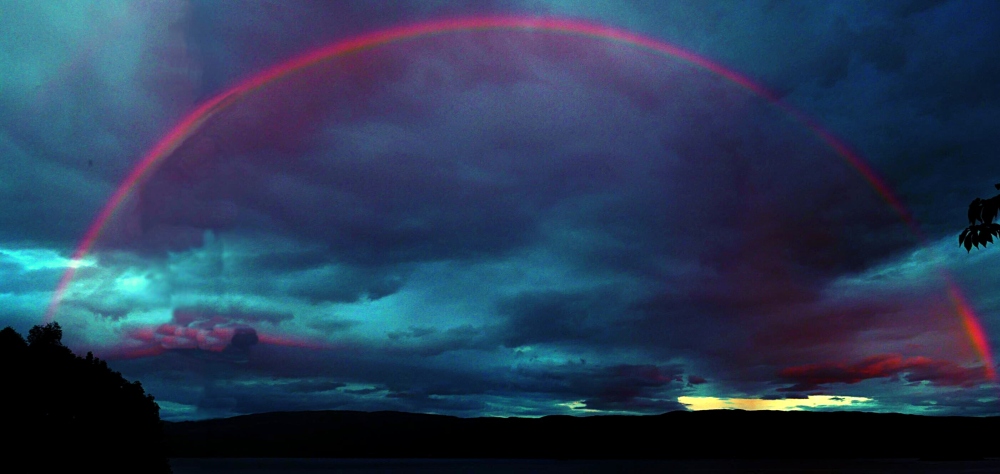
A Night Rainbow Lit By the Moon?
Also called lunar rainbows, moonbows differs from your average rainbow in that they are created by the shimmers of moon rays rather than the sun.
A moonbow (also known as a moon rainbow or lunar rainbow) is a rainbow produced by moonlight instead of direct sunlight. Apart from the light source, its formation is no different from that of a solar rainbow: it is created by light being reflected in water droplets in the air caused by rain or a waterfall, for example. They are always positioned on the opposite side of the sky from the Moon relative to the observer.
Mentioned at least since Aristotle’s Meteorology (circa 350 BC), moonbows are much fainter than daytime rainbows, since the surface of the Moon reflects a smaller amount of light. For this reason, it is much more difficult for the human eye to discern colors in a moonbow, as the light tends to be too dim to activate the color receptors in our eyes. As a result, we usually see moonbows to be white, but their colors do appear in long exposure photographs.
Advertisements
13 December 2023
Advertisements



